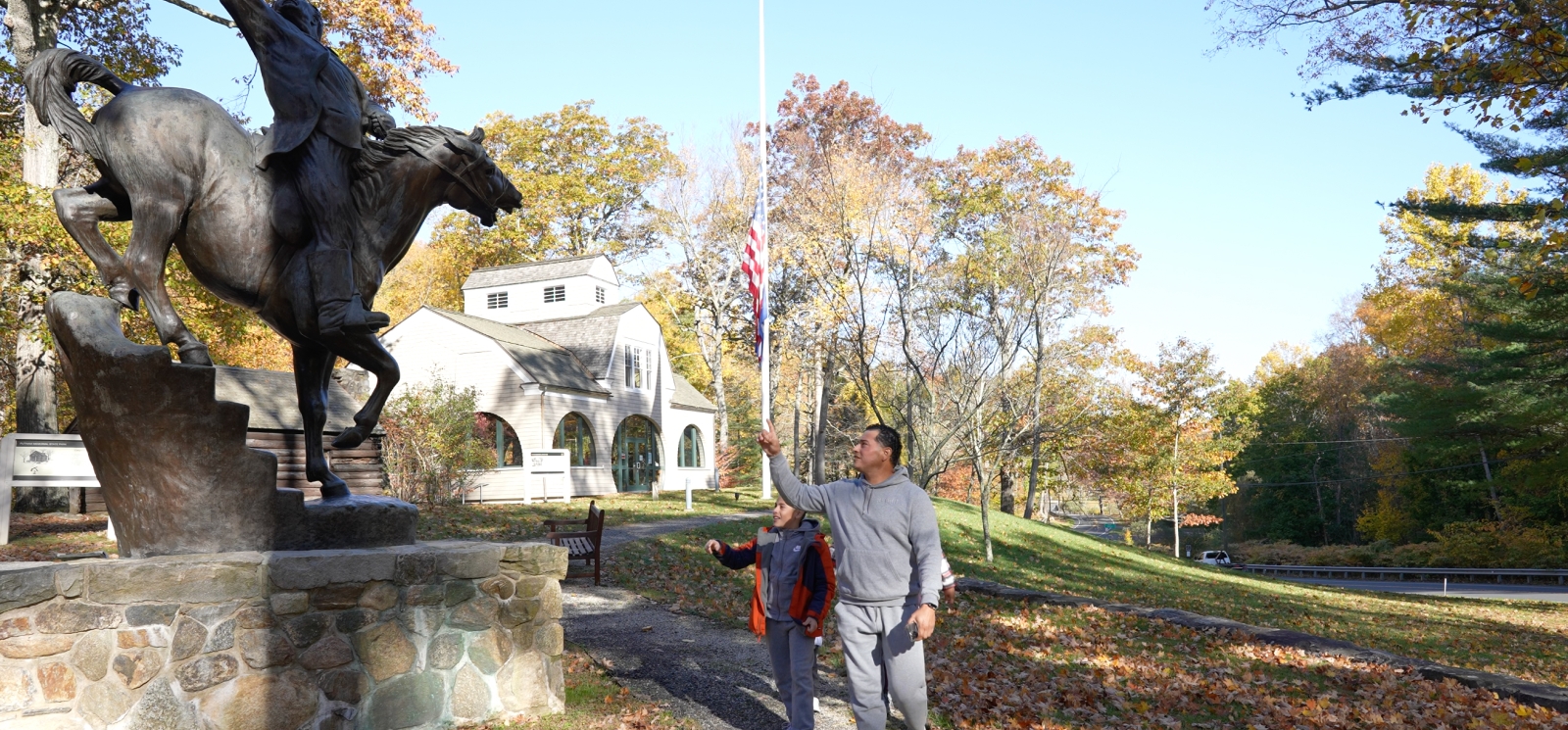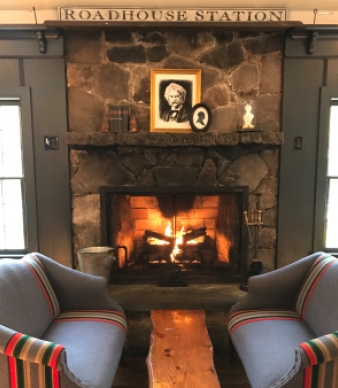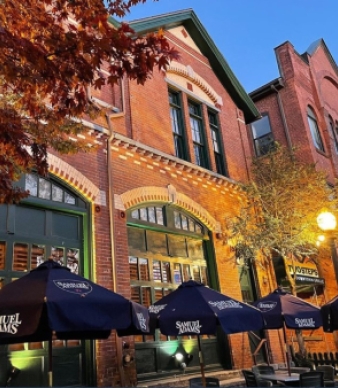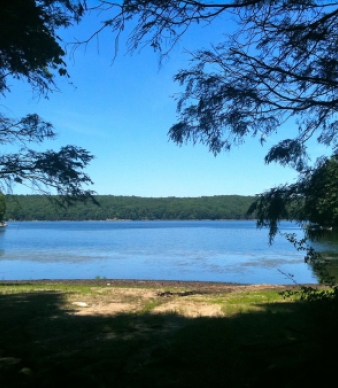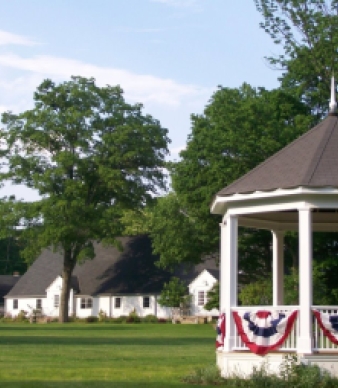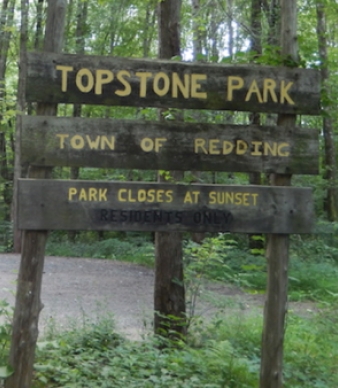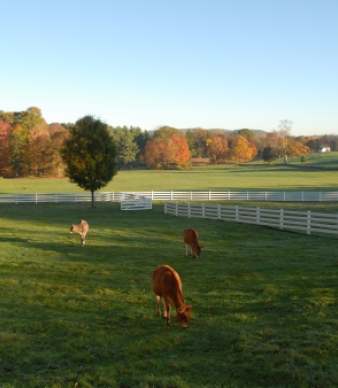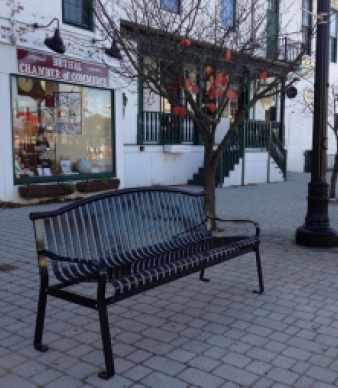Putnam Memorial State Park
Redding, CT
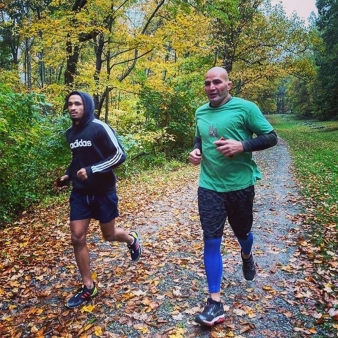
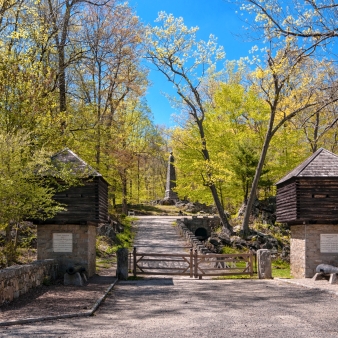
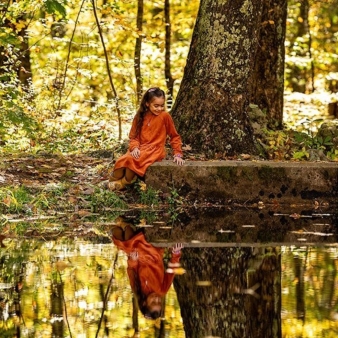
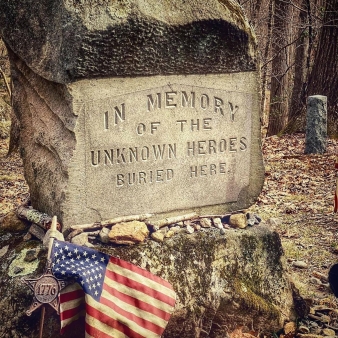

Main (203) 938-2285
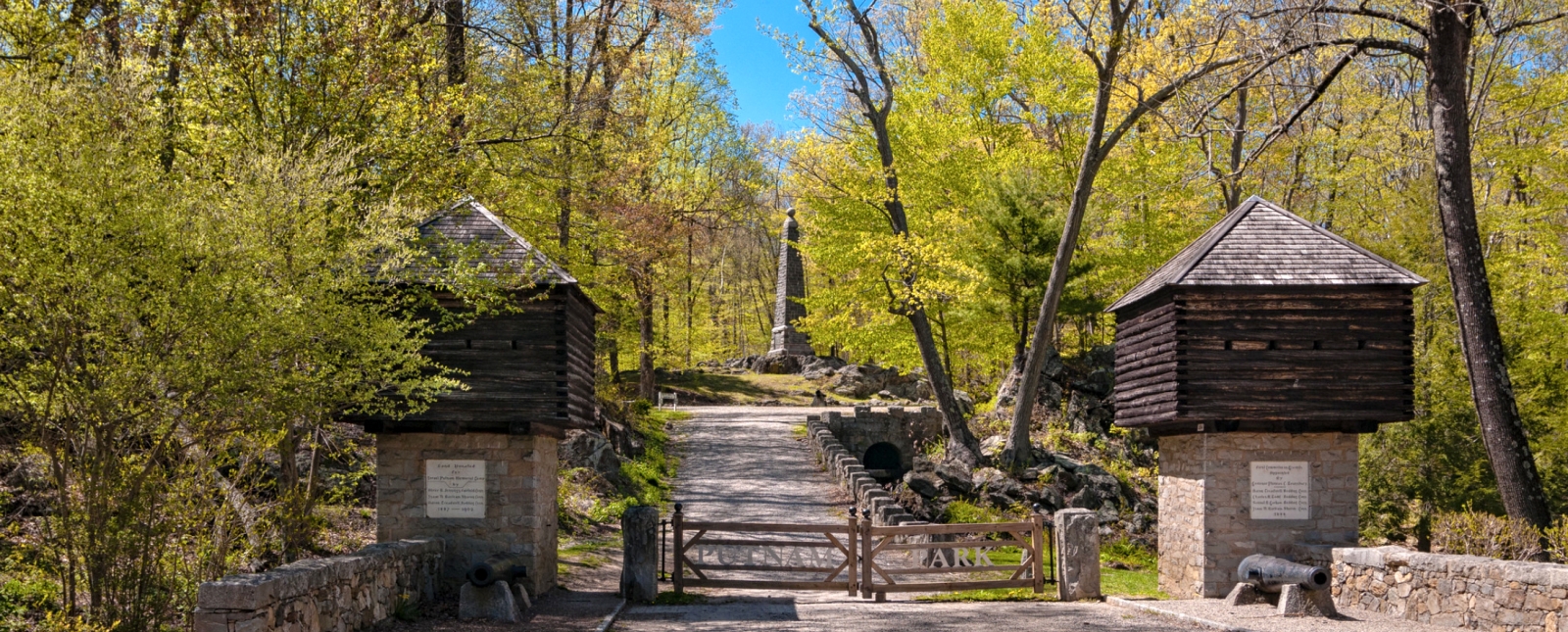
Overview
KNOW BEFORE YOU GO
- Bus Permits are required for mid-size and full-size buses seating 30 or more passengers
- Park Map
Camping
YOUTH GROUP CAMPING
- 3 sites available, Site 1 accommodates up to 50 campers, Sites 2 and 3 accommodate up to 100 campers
- Open to qualified youth groups only
- Advance reservations are required
- Youth Group Camping
Fishing
Pack a picnic and set up pondside for a day of fishing at Putnam Park Pond. The 14-acre pond is well-stocked with a bounty of fish.
Types of fish: Largemouth bass, chain pickerel, bluegill, black crappie, black bullhead
KNOW BEFORE YOU GO
Before heading out, be sure to check the latest conditions and fishing regulations.
Geology
Rock Types Found on Main Trail:
Metamorphic (Schist)
Rock Units:
Rowe Schist (Lower Ordovician or Cambrian):Fine to medium grained schist, light gray to silver
Minerals of Interest:
Garnet, Muscovite, Biotite
Interesting Geologic Features:
Rock Shelter (Philip's Cave), Rock Clusters (Revolutionary War Foundations)
Although referred to as a cave, Philip's Cave it is actually a plucked rock shelter that was glacially formed. South-facing rock shelters like this one were at one time used by Native Americans because they are warmed by the lower sun in the winter and protected from the higher sun in the summer. The rocks comprising the shelter are Rowe Schist. In this area of the park, the schist is rusty due to weathering.
Hiking
Historic
Combining natural beauty, history, and archeology, Putnam Memorial is one of the park system’s most underrated gems.
MUSEUM
Visit the museum to learn about the history of the encampment, the soldiers who camped here, colonial life, and the park itself. The museum contains exhibits, artifacts, and more.
VISITORS CENTER
Originally built in 1893 as a three season recreation pavilion, the covered space hosted town events, dances, and picnics. After an extensive restoration in 2005, the building was converted into the current Visitor’s Center. Stop in early in your visit to get an overview of the park, view informational kiosks about the encampment, and to see historic artifacts like tools, buttons, ammunition, and more.
INTERPRETIVE TRAIL
Take an archeological and historical tour of the park with a walk along the interpretive trail. The trail brings you to all the key destinations tucked within the park’s 183 acres, including:
- A 44-foot-tall granite obelisk built in 1888 marks the site of the encampment and commemorates the commanding officers and men stationed here.
- Putnam’s Escape at Horseneck Bronze Statue depicting General Israel Putnam’s legendary ride and narrow escape from the British.
- Camp Guardhouse, a log hut built in 1778, then reconstructed in 1890.
- Reconstructed replicas of the guard house and an officers' quarters.
- Interesting geologic features like Rock Shelter, Phillip’s Cave, and large glacial erratics.
- Two gardens reflecting traditional 18th-century gardens: one is a Paugussett-style “Three Sisters” garden and the other a typical colonist’s dooryard garden.
- Numerous firebacks – the remains of the enlisted soldiers' chimneys, Civil War cannons, and miniature blockhouses.
KNOW BEFORE YOU GO
The Visitor’s Center and Museum is open daily from Memorial Day through Veterans Day, Friday through Monday 10:00 a.m. – 5:00 p.m. Admission is free.
Nature
Picnicking
Additional Park Info
FREE
Campsite fees charged separately
Parking
Picnic Areas & Hiking Trails
Yes, on leash
